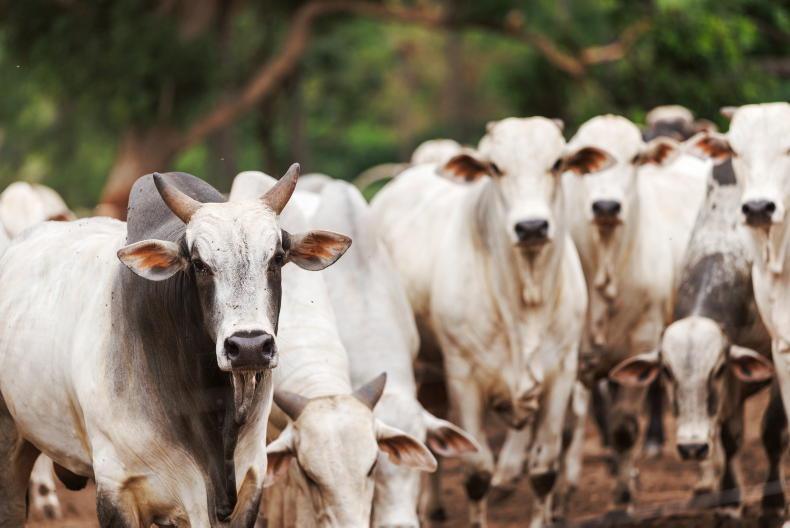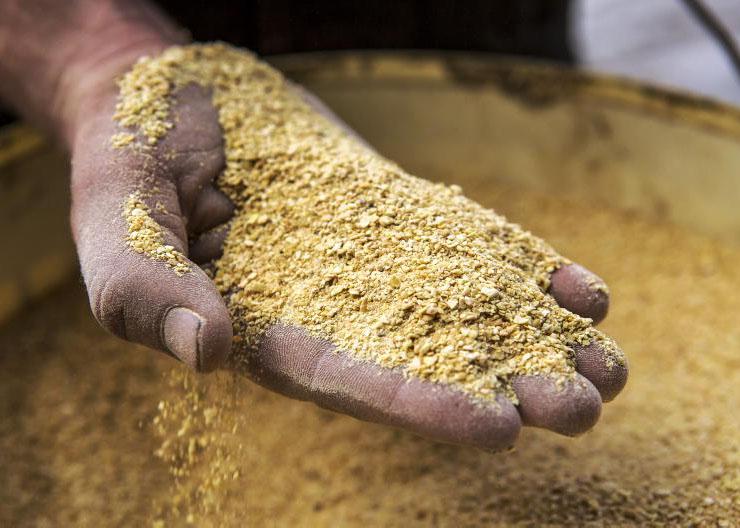As Irish farmers wait for instructions from Government on the level of emissions reduction, they have to achieve by 2030, their Brazilian counterparts continue to expand.
For the first six months of 2022, the volume of beef exports jumped to 1.1m tonnes, the volume that was exported by Brazil for the entire year in 2011. This is up from 874,424t in the same period of 2021, a 21.5% increase.
The main customer for Brazilian beef in the first half of the year continues to be mainland China. It took 539,989t which is half of all Brazilian beef exports – this is a record for the first half of the year. In addition, Hong Kong received a further 50,898t.
Brazil’s second most important beef export market is the US which received 78,109t of Brazilian beef between January and June this year. The EU received 48,260t of Brazilian beef in the same period. The value of Brazil’s beef exports reached $6.2bn for the first half of 2022, higher than for the entire year in 2017.
Brazil’s farmgate beef price reached the equivalent of €4.20/kg earlier this year, driven by a combination of strong market demand and strengthening value of the Brazilian real against the euro and US dollar. Brazil’s currency has since weakened and the current value Brazilian beef is under €4/kg.
US in second place
The US has consolidated their position as the second largest beef exporter in the world in 2022 as Australia continues to rebuild its cattle herd and sheep flock following drought.
The most recent US Meat Exporters Federation (USMEF) data shows that, for the first five months of 2022, US beef exports were 613,266t, a 4% increase on the same period in 2021 and a record.
The US isn’t succeeding in these markets because of cheap cattle. Last week’s price was the equivalent of €5.27/kg when the more generous trim is factored in.
The big Asian economies are the main market for high-value US beef cuts. Japan is the top customer, taking 127,622t between January and May, followed closely by South Korea taking 125,673t.
Growth in US beef exports to China continues with the volume at 110,551t for the first five months of 2022.
Amazingly up until Irish beef exports to China were suspended in May 2020. Ireland had exported more beef to China than the US did in the first five months of that year.
As well as being the world’s second largest beef exporter, the US is also the second largest importer taking 656,577t up to 9 July.
This is mainly forequarter beef used in the manufacture of hamburgers and other processed meat products, while the main US beef export is steak meat.
Australia struggling
Australia’s beef exports in the twelve month to the end of May were the lowest this century at 857,743t, which is 8% lower than the previous 12-month period, according to Meat and Livestock Australia (MLA) data.
For the first five months of 2022, export volumes were 318,923t, a drop of 9% on the first five months of 2021.
Japan is Australia’s top export destination in 2022, taking 86,002t followed by China on 59,122t. The other two main beef export markets for Australia are South Korea on 56,918t and the US on 47,873t.
Argentina’s beef exports were at 343,737t for the first five months of 2022 and farmgate prices in both Australia and Argentina remain around the equivalent of €5/kg.
Despite the growth in beef supplies from Brazil and a lesser extent from the US, global beef markets remained robust at the end of the first half of 2022. It is also striking to note that despite a few weeks when Irish beef price was top of the world, it has fallen back as quickly as it increased and when compared with the other major exporting countries in the world. This is applicable to the entire EU where beef price is now around or, in some cases, behind what is available elsewhere in the world.
Given the record profits reported by the world’s major beef processing factories in the first half of 2022, it is clear that prices have been driven by market demand with the rising tide lifting all boats.










SHARING OPTIONS